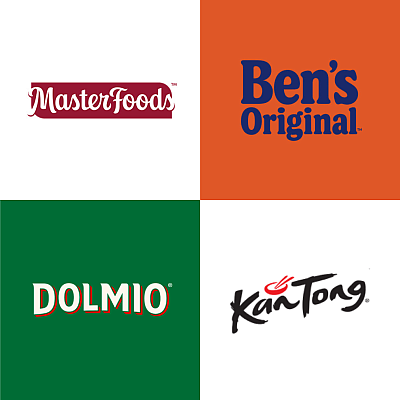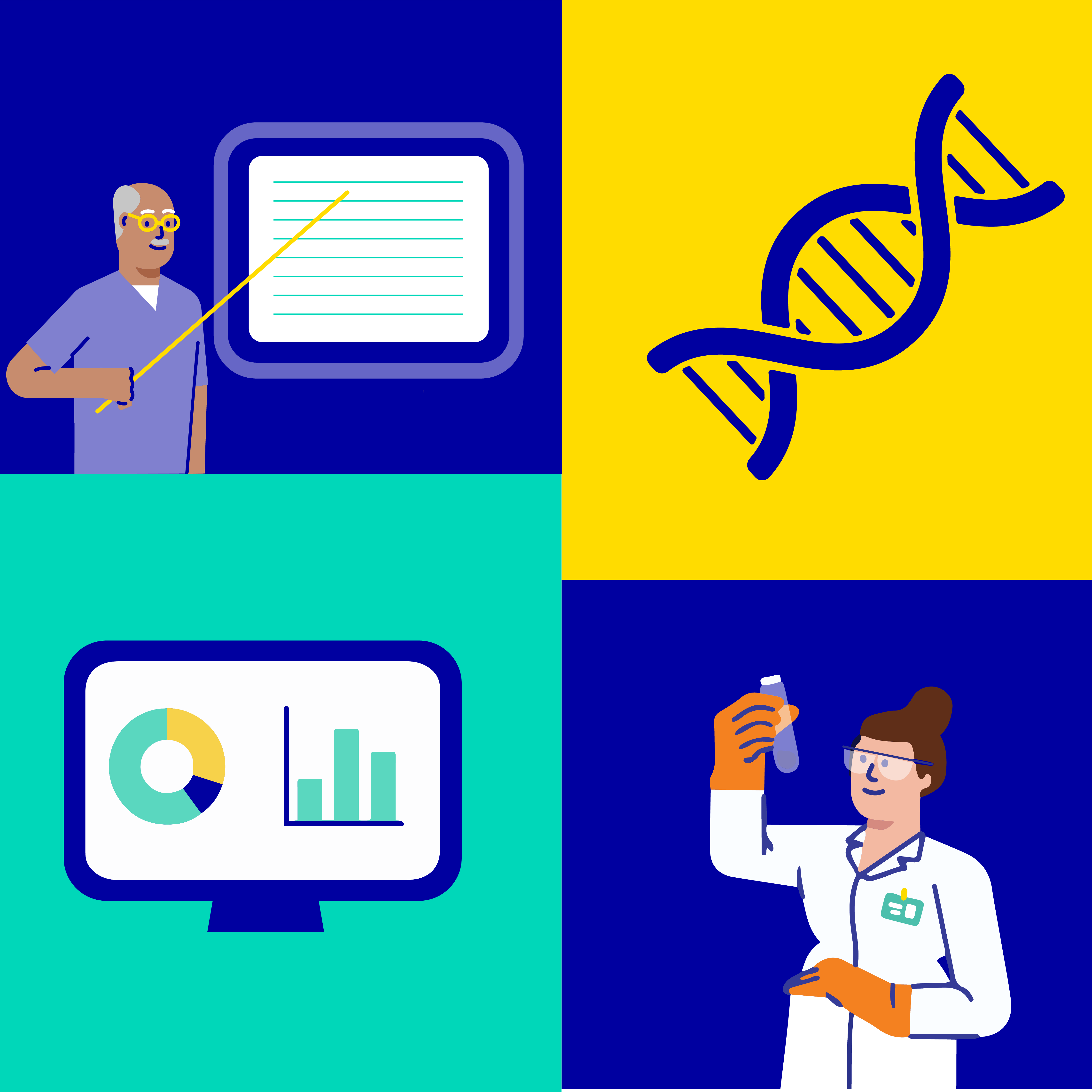Association with nitrogen-fixing bacteria allows the corn to thrive without fertilizer
- Corn variety growing in nitrogen-depleted fields derived 28-82% of nitrogen it needed from atmosphere
- Sugar-rich, gel-like substance on the corn’s aerial roots, called mucilage, attracts bacteria and other microbes that fix nitrogen
- Team from University of California, Davis, University of Wisconsin–Madison, and Mars, Incorporated worked in partnership with indigenous community in Sierra Mixe region, Mexico
MCLEAN, VA - August 7, 2018 - A multidisciplinary team from the University of California, Davis, the University of Wisconsin–Madison, and Mars, Incorporated have found that an indigenous variety of corn can “fix nitrogen” from the atmosphere, instead of requiring synthetic fertilizers. The team’s findings were published today (August 7) in the journal PLOS Biology.
If this trait can be bred into conventional varieties of corn, it could reduce the need for added fertilizer and increase yields in regions with poor soil. Corn that fixes nitrogen could also help farmers in developing countries that may not have access to fertilizer.
“This research has been 40 years in the making and is a significant breakthrough in our attempts to find a more sustainable way of growing corn, one of the world’s key crops,” said co-author Howard-Yana Shapiro, chief agricultural officer at Mars, Incorporated.
Nitrogen is an essential nutrient for plants. While nitrogen makes up 78 percent of the atmosphere, only legume crops were known to have the ability to use it through their association with bacteria. For cereal crops like corn, farmers must rely primarily on nitrogen fertilizers.
The Discovery
Researchers spent years searching for isolated indigenous varieties of corn, or landraces, where corn first originated in Mexico. It was thought that such varieties might associate with nitrogen-fixing bacteria. In the 1980s, Shapiro observed such corn being grown in nitrogen-deficient soil in the Sierra Mixe region near Oaxaca. It was not until the 2000s that new technologies developed to allow them to intensely study this nitrogen-fixing process.
“It has been difficult to identify such a landrace and demonstrate that this nitrogen-fixing association actually contributes to nitrogen nutrition of the plant,” said co-author Alan Bennett, distinguished professor of Plant Sciences in the College of Agricultural and Environmental Sciences at UC Davis. “Our interdisciplinary research team has been working on this for nearly a decade.”
How it Works
The study found that one corn variety grown in the Sierra Mixe region obtains between 28-82% of its nitrogen from the atmosphere. To do this, the corn grows a series of aerial roots. During certain times of the year, these roots secrete a gel-like substance, or mucilage. The mucilage provides the low-oxygen and sugar-rich environment required to attract bacteria that can transform nitrogen from the air into a form the corn can use.
“Our research has demonstrated that the mucilage found in this Sierra Mixe corn forms a key component of its nitrogen fixation”, said co-author Jean-Michel Ané, professor of Agronomy and Bacteriology in the College of Agricultural and Life Sciences at UW–Madison. “We have shown this through growth of the plant both in Mexico and Wisconsin.”
Hope for Sustainable Agriculture
Researchers are a long way from developing a similar nitrogen-fixing trait for commercial corn, but this is a first step to guide further research on that application. The discovery could lead to a reduction of fertilizer use for corn, one of the world’s major cereal crops. It takes one to two percent of the total global energy supply to produce fertilizer. The energy-intensive process is also responsible for one to two percent of global greenhouse gas emissions.
“Corn yields in developing countries are one-tenth of those found in the U.S., due both to variety development and access to affordable nitrogen fertilizer,” said co-author Allen Van Deynze, Director of Research of the UC Davis Seed Biotechnology Center. “This discovery opens the door to significantly improving the genetic potential and food security for these countries.”
“As one of the world’s largest food businesses, Mars is committed to reducing the environmental strain caused by farming,” Shapiro added. “We embarked on this uncommon collaboration decades ago to drive forward a discovery that has the potential to create a lasting and positive impact on sustainable agriculture.”
The municipal authority and community in the isolated village in the Sierra Mixe region were an integral part of this research project. Biological materials were accessed and utilized under an Access and Benefit Sharing (ABS) Agreement with the community and with permission from the Mexican government. An internationally recognized certificate of compliance under the Nagoya Protocol has been issued for such activities.
This ABS Agreement was structured under the terms of the Nagoya Protocol on Access and Benefit Sharing, which is designed to ensure the equitable sharing of benefits arising out of the utilization of genetic resources, and contributing to the conservation and sustainable use of biodiversity.
This research was facilitated through the tremendous cooperation of SEMARNAT and SAGARPA, two agencies of the Mexican government responsible for implementation of the access and benefit-sharing provisions of the Nagoya Protocol.
Other authors include Pablo Zamora, Cristobal Heitmann, Alison Berry, Donald Gibson, Kevin Schwartz, Srijak Bhatnagar, Guillaume Jospin, Aaron Darling, Jonathan Eisen, Richard Jeanotte, and Bart Weimer of UC Davis; Javier Lopez, Instituto Tecnologico del Valle de Oaxaca, Oaxaca, Mexico; Pierre-Marc Delaux, Dhileephumar Jayaraman, Shanmugam Rajasekar, Danielle Graham, and Junko Maeda of UW–Madison.
About Mars, Incorporated
Mars is a family-owned business with more than a century of history making diverse products and offering services for people and the pets people love. With more than $35 billion in sales, the company is a global business that produces some of the world’s best-loved brands: M&M’s®, SNICKERS®, TWIX®, MILKY WAY®, DOVE®, PEDIGREE®, ROYAL CANIN®, WHISKAS®, EXTRA®, ORBIT®, 5™, SKITTLES®, UNCLE BEN’S®, MARS DRINKS and COCOAVIA®. Mars also provides veterinary health services that include BANFIELD®Pet Hospitals, Blue Pearl®, VCA® and Pet Partners™. Headquartered in McLean, VA, Mars operates in more than 80 countries. The Mars Five Principles – Quality, Responsibility, Mutuality, Efficiency and Freedom – inspire its more than 100,000 Associates to create value for all its partners and deliver growth they are proud of every day.
For more information about Mars, please visit www.mars.com(Opens a new window). Join us on Facebook(Opens a new window), Twitter(Opens a new window), LinkedIn(Opens a new window), Instagram(Opens a new window) and YouTube(Opens a new window).














